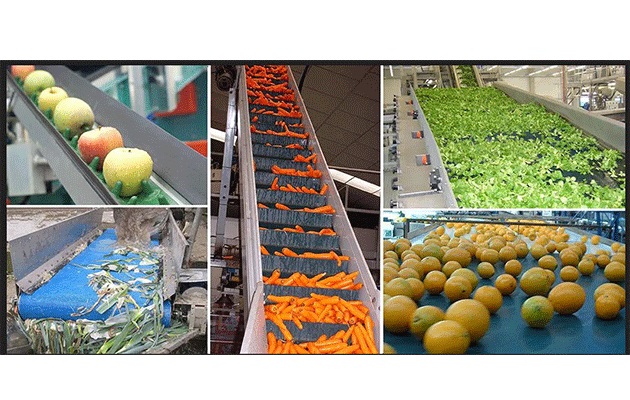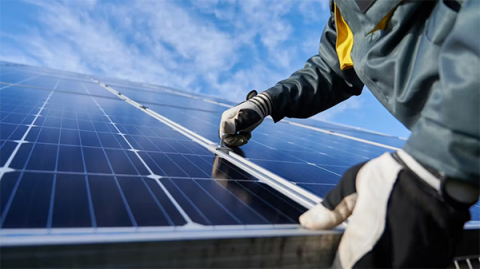Top 10 Fruit and Vegetable Processing Factories in China

An Overview of the Industry and Its Technology
China's fruit and vegetable processing sector is a global leader. It is a key part of the world's food supply chain. The industry uses modern technology to ensure quality and safety. High-Pressure Processing (HPP) keeps food fresh without preservatives. Freeze-drying is common for keeping nutrients and flavor in export products. Factories use smart packaging with QR codes to track quality. Automated lines with robots and AI improve efficiency. Many focus on sustainable practices like water recycling.
Leading Factories and Their Capabilities
Major factories in China have large capacities and diverse products. Yantai Oriental Sunshine Foods Co., Ltd. in Shandong is a top player. It specializes in freeze-dried fruits and vegetables. Its annual output is over 10,000 tons. Dole China in Shanghai focuses on fresh-cut and packaged goods. Jiangsu Hengshun Vinegar Group processes fruits for vinegar-based products. These factories often have ISO 22000 and HACCP certifications. This ensures they meet global safety standards. They make everything from canned and frozen goods to juices and snacks.
Key Regional Centers and Supply Chains
Processing is concentrated in China's main agricultural regions. Shandong province is a major hub. It processes apples, pears, and peaches for export. Fujian province focuses on tropical fruits like lychee and longan. These are often canned or dried. Xinjiang province is famous for tomato processing. It produces a large share of the world's tomato paste. Factories work closely with local farmers through contracts. This ensures a steady supply of raw materials. Strong logistics and cold chains support global distribution.
Focus on Innovation and Research & Development
Chinese processing plants invest heavily in research and development. They create new products like plant-based alternatives and functional foods. Some explore nanotechnology for better packaging and preservation. Biotechnology helps develop new fruit varieties with better traits. Factories work with universities on sustainable technologies. They aim to reduce water and energy use. Methods include membrane filtration and solar drying. There is also a focus on products for specific diets, like gluten-free or low-sugar items.
Sustainability and Environmental Practices
Sustainability is a growing priority for the industry. Factories use water management systems. They recycle water and treat wastewater for irrigation. Organic waste is turned into compost or bioenergy. This reduces landfill waste. Many use renewable energy like solar and biomass power. This lowers their carbon footprint. Packaging is also changing. There is a move toward biodegradable and recyclable materials. Certifications like organic and Fair Trade are becoming more common. The industry aims for carbon neutrality by 2030.
The Global Market and Future Direction
China is a major exporter of processed fruits and vegetables. Key exports include tomato products, apple juice concentrate, and frozen vegetables. These go to markets in Asia, Europe, and North America. Future trends favor clean-label products with few additives. Demand for plant-based and functional foods is rising. Digital tools like blockchain improve traceability. The industry must navigate trade tensions and different safety standards. Its future growth depends on quality, sustainability, and innovation.




